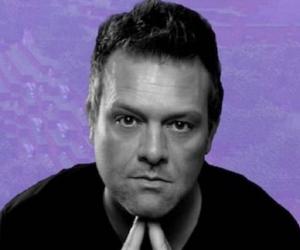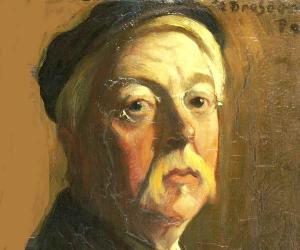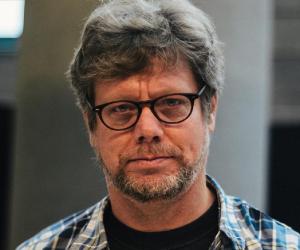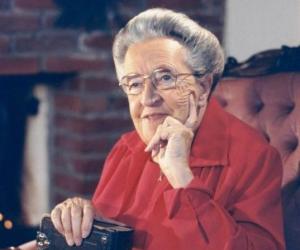
Born to jeweler and watchmaker Casper ten Boom, Corrie ten Boom followed in her father’s footsteps and became the first female licensed watchmaker in the Netherlands. She and her family hid scores of Jewish refugees during the Holocaust. Corrie later penned The Hiding Place, based on her experiences.

Dutch footballer Maarten Stekelenburg, the goalkeeper for Ajax, has had a successful stint with the club, winning both the Eredivisie and the KNVB Cup with them 4 times. He was also part of the Dutch squad that became the runner-up at the 2010 FIFA World Cup.
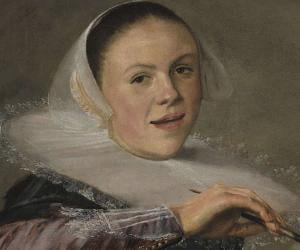

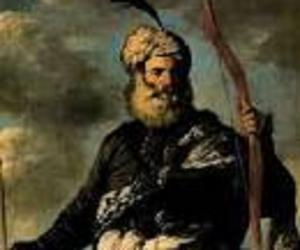

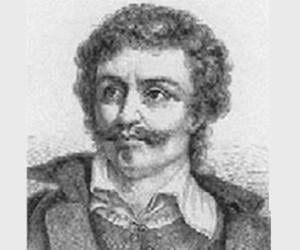



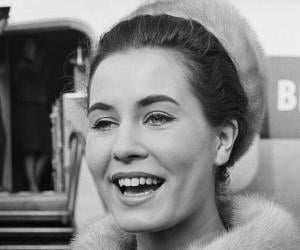
Catharina Lodders is a Dutch beauty queen and model best known for winning the Miss World pageant in 1962, thus becoming the second woman from the Netherlands to win the prestigious title after Corine Rottschafer in 1959. In 1962, Catharina Lodders was also crowned Miss Holland before her participation in the Miss International pageant where she was the third Runner-up.

Starting her modelling career at just 14, the Netherlands-born Turkish model and actress Melisa Asli Pamuk won the titles of "Best Promising" in Best Model of Turkey 2009 and the Miss Turkey 2011. She also made her mark in acting, playing lead roles in films like Dat zit wel snor, and television series like Kara Sevda and Çarpışma.
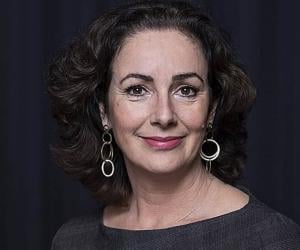
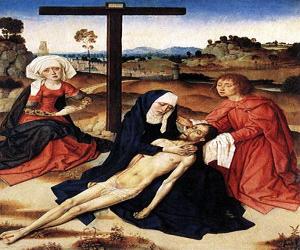
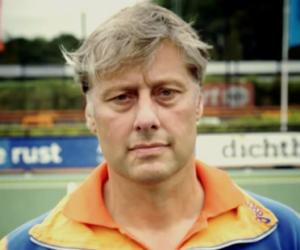

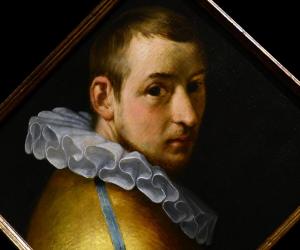

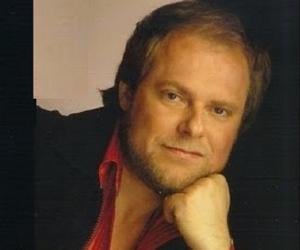

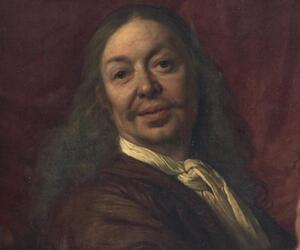
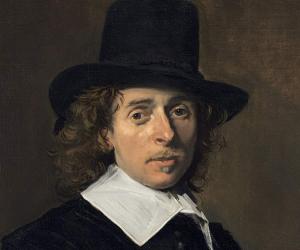
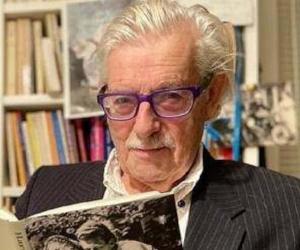
Harry Mulisch and his Jewish mother escaped a Nazi concentration camp owing to his father’s Nazi links, though he lost his maternal grandmother in the Holocaust. His writings, such as The Assault and Last Call, narrated the loss and betrayal in war-torn backdrops, making him one of the greatest Dutch post-war authors.


Quincy Kammeraad is a Dutch-born Filipino football player who plays for the Philippines national under-23 football team and Kaya Futbol Club–Iloilo of the PFL. Kammeraad has also represented clubs like FC Volendam, Zeeburgia, and Global.

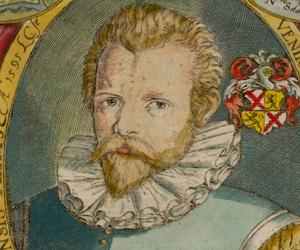
Dutch traveler and trader Jan Huyghen van Linschoten spent 6 years as the bookkeeper of the archbishop of Goa, which was under Portuguese rule then. He wrote important texts, detailing the life and culture of the East Indies, which later helped the Dutch and the English set up trade hubs in India.
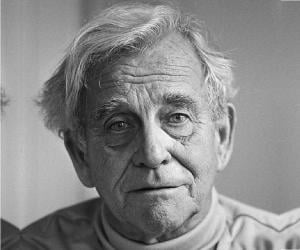
An adventurer at heart, Jan de Hartog apparently ran away from home twice, to work at sea, and was also part of the Dutch resistance during World War II. He is best known for his Nobel Prize-nominated historical novel, The Peaceable Kingdom, and his Tony Award-winning play The Fourposter.
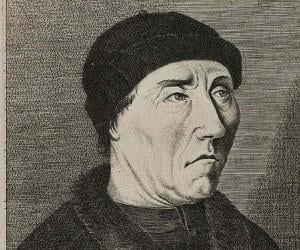
Though not much is known about his life, Laurens Janszoon Coster is believed to have invented the process of printing. While many sources state Johannes Gutenberg had invented printing, Coster’s signature printing with sand from wooden molds seems more dated than Gutenberg’s method. No printed texts of Coster survive.
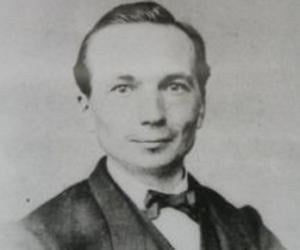
Apart from being a physician and the first Dutch psychiatrist to gain international fame, Frederik Willem van Eeden was also an author. Known for inventing the term lucid dream, he later penned books that revolved around themes such as symbolism and psychiatric experiences. He also translated Tagore’s works into Dutch.
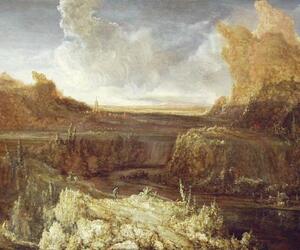
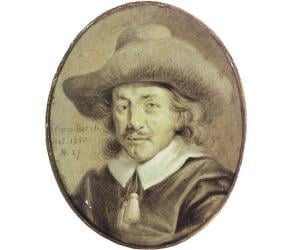

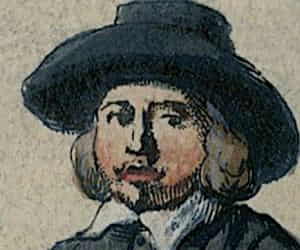
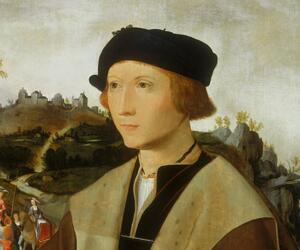
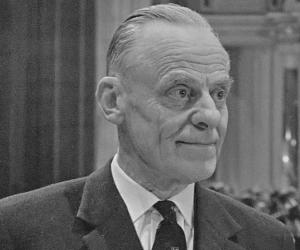
Willem Visser 't Hooft served the World Council of Churches as its first secretary-general. The Dutch theologian and clergyman had also been the World Committee secretary of the Young Men’s Christian Association. He emerged as a major figure of the ecumenical movement in the post-war era.
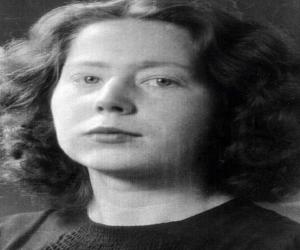
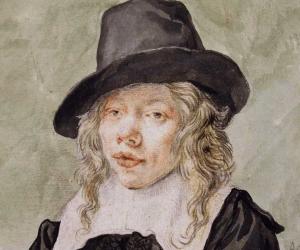
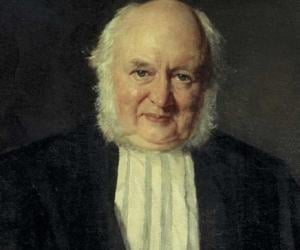
Nicolaas Beets was a Dutch author, professor, poet, and preacher. He is credited with founding a Protestant school, which is now known by the name, Nicolaas Beetsschool. Nicolaas Beets is also remembered for his magnum opus Camera Obscura, which continues to be celebrated even today.
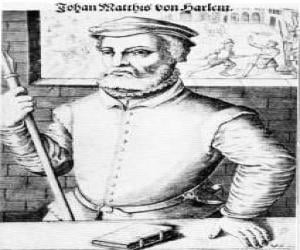
Initially a baker in Harlem, Jan Matthys later rose up to become a prominent leader of the Münster Rebellion. As an Anabaptist leader, he met opposition to conversion with strict resistance. His war against Franz von Waldeck resulted in him being killed and his head stuck on a pike.
